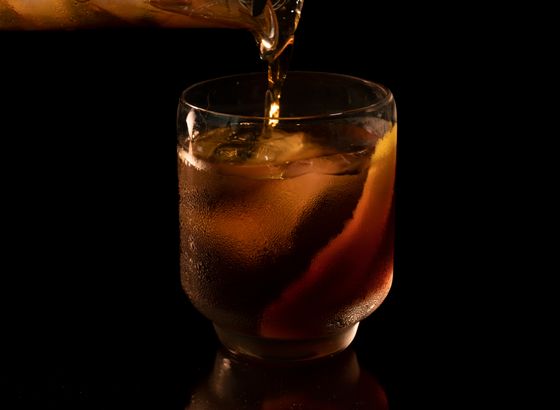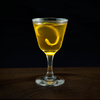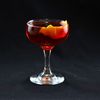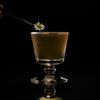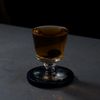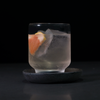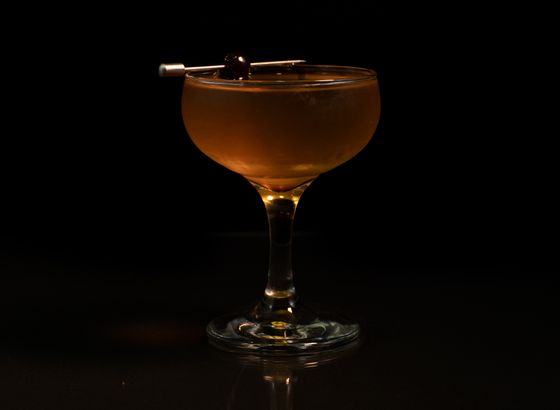
No. 223: Metropole
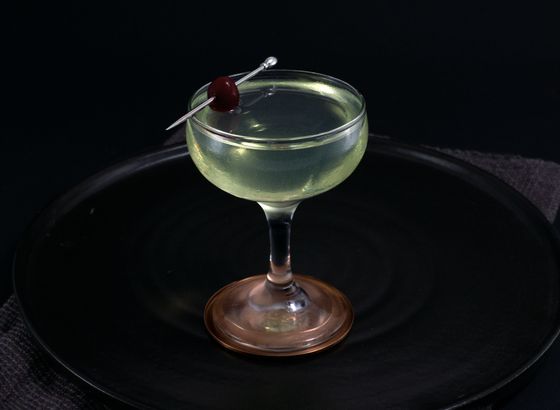
No. 96: Conifer
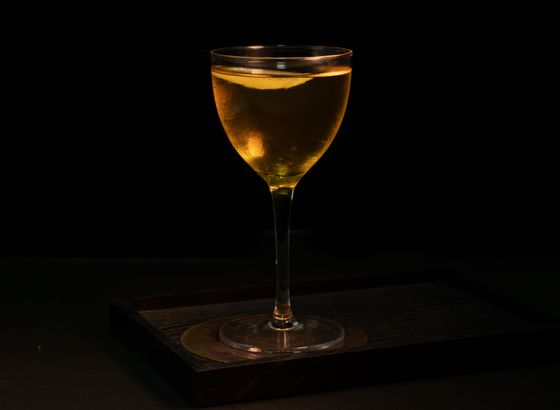
No. 220: Poet's Dream
vermouth
The fundamental ingredient behind classics like the Manhattan and martini has more to it than might appear at first blush
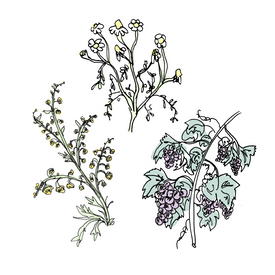
Vermouth has a claim to the title of world’s oldest alcoholic beverage, but this mostly depends on how broadly we define vermouth. The earliest forms of fermented wine were crude and likely tasted bad. Infusing them with various local herbs and spices not only helped remedy the taste problem, it also packed the concoctions with vitamins, minerals, and sugars that people used as medicine. In his book Vermouth, Adam Ford outlines three different early examples of these proto-vermouths, all from the stone age. The first and earliest came from China circa 6200-6500 BCE, where a team of historians uncovered pots with traces of wine, honey mead, and rice malt. Similar concoctions were discovered in what is modern-day Iran and Egypt, around 5400–5000, and 3150 BCE, respectively. While these ancient discoveries are certainly fascinating, the delineation between mulled, aromatised, and spiced wines—especially during ancient history—is a foggy one. It is a bit of a stretch to lump all of this into the history of vermouth, and more apt to say that these stone-age concoctions are a part of the history of all wines, including vermouth. But for our purposes, which is making cocktails and learning about their ingredients, and within the context of modern history, for which vermouth is far-and-away the most popular infused wine, vermouth is a great proxy for what ancient alcohol might have looked and tasted like.
The easiest way to delineate vermouth from its historical kin is through the ingredient that likely gave rise to its name. Wormwood, or wermut in German, was one of the principal ingredients in the first versions of vermouth emanating from Turin cafes during the 1700s. These drinks, which were dramatically more sophisticated than the hippocras that inspired them, benefited from a massive price drop in spices. When Antonio Benedetto Carpano first began serving the first vermouth, it purportedly contained fifty ingredients. Why? In the words of Ford: “The Spanish, as we know, set out for the west and brought an entirely new crop of spices back from the New World. As a result of these explorations, the price of spices dropped like a hammer into a lake.” When Carpano left his day job as a wine shop assistant, he could walk across the street and buy spices for a pittance that not long ago were worth their weight in gold. This moment in time, and the amazing mixtures it inspired, likely define vermouth more than any single ingredient. The true magic of vermouth is that—just like it’s best friend the cocktail—it has few rules.
While the mid-century dry martini epidemic destroyed the quality vermouth market in the U.S., great vermouth continued to be sipped all over Europe. With the cocktail revolution in the early 2000s, quality bottles slowly trickled back into the American market, and today, a wide gamut of incredible vermouths can be procured at many specialty shops. In fact, so many great vermouths exist today, it can sometimes be difficult to choose. Don’t worry: we have your back, but not before a quick word on storage.
Vermouth is wine and should be treated like it. Once opened, it will start going bad. Because it is less delicate than wine, it will keep longer, but not significantly longer. We recommend storing it in the fridge, where it will stay good for several weeks, and pretty good for several months. We don’t host enough parties to go through a bottle of vermouth in a couple weeks, so we can attest that a bottle of decent vermouth stored in the door of the fridge will do ok even after a month of being opened. Whatever you do, refrain from keeping your vermouth out with the rest of the bar. As much as one might prefer that ornamental Dolin label amongst your other bar staples, we can assure you that the taste of spoiled vermouth isn’t worth it.
sweet vermouth • 28 recipes »
A good sweet vermouth is one of the most complete drinking experiences one can have. Tangy, bitter, sweet, and spiced, this brew has it all. Even better, sweet vermouth makes a cornucopia of fantastic classic cocktails. For a vermouth-heavy drink, try a Vieux Carré, bamboo, or creole. For something a little unexpected, try a harvard, palmetto, or maybe a Remember the Maine. If all else fails, there is always the ineffable Manhattan. Buying sweet vermouth is easy too. If you aren’t looking to spend a lot, buy Cocchi di Torino. If you want to spend a little more, buy Carpano Antica. If you want to spend even more, buy something from Del Professore; you won’t regret it. From here, there are endless new vermouths to explore. Lo-Fi, Tempus Fugit and Contratto all make excellent bottles.
dry vermouth • 23 recipes »
Bone-dry, brash, and bitter, dry vermouth is the intense yin to sweet vermouth’s yang. Sometimes called French vermouth due to its origins, this style is harder to work with, but a clear color and incredible flavor yield heightened rewards for the greater effort. For something vermouth-forward, try a chrysanthemum or a claridge. For something perfectly balanced, opt for a Ford, El Presidente, or Brooklyn. If none of these sound quite right, then consider the infamous martini, but do consider making it with more than a splash. Buying dry vermouth can be riskier than buying sweet vermouth. Whereas with sweet it feels almost impossible to go wrong, the complex and intense flavors of dry vermouth can often be difficult to work with. Both Vya and Lo-Fi dry vermouths, for example, are excellent examples of the spirit, but with intense and bone-dry profiles, they don’t work in every cocktail. The most flexible dry vermouth is Dolin Vermouth Dry. Cinzano is extremely cheap and also easy to work with.
blanc vermouth • 3 recipes »
Sometimes called bianco vermouth, blanc vermouth is light in color like a dry vermouth, but has a sweet, viscous body like a sweet vermouth. Try it in the Fair Harvard, or as a historically appropriate substitute in drinks like the el presidente and turf. Blanc vermouth is great fun to experiment with, as it can change the color and character of many sweet vermouth drinks without altering the flavor profile. Some cocktails historians believe that many pre-prohibition dry vermouth drinks actually used blanc vermouth, so give it a whirl in classics like the martini and see what happens.
rouge vermouth • 0 recipes »
Rouge vermouth has the color and spiced complexity of a classic sweet, but with a sugar profile more akin to dry. Whiskey enthusiasts like rouge vermouth in their cocktails, because the spiced complexity works well with whiskey, but the lower sugar content allows the whiskey to open up more cleanly. Try it in a classic Manhattan, or sweeter creole classics like the Vieux Carre or Cocktail à la Louisiane.


No. 223: Metropole

No. 220: Poet's Dream
